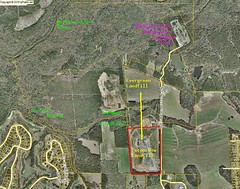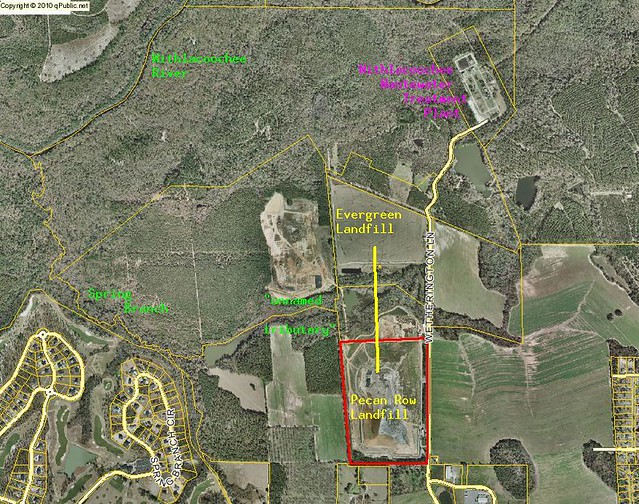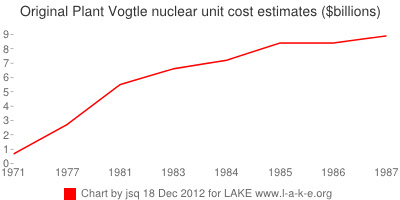 Southern Company #1 and #2!
We get most of our electricity from #1 coal Plant Scherer
near Macon, and 1/4 of its power goes to Florida, dirtying our air.
SO says it’s worst only because it’s one of the biggest.
But it still emits more greenhouse gases than any other power plant
in the country.
#2 is only about twice as far away, and it’s also Southern Company.
Southern Company #1 and #2!
We get most of our electricity from #1 coal Plant Scherer
near Macon, and 1/4 of its power goes to Florida, dirtying our air.
SO says it’s worst only because it’s one of the biggest.
But it still emits more greenhouse gases than any other power plant
in the country.
#2 is only about twice as far away, and it’s also Southern Company.
Kate Sheppard wrote for Huffpost 10 September 2013, Biggest Polluters In U.S. Ranked By Greenhouse Gas Emissions In New Report,
The top five individual plants were:These power plants, said Julian Boggs, Environment America’s global warming program director, “are the elephant in the room when it comes to global warming.”
- Georgia Power Company’s Plant Scherer
- Alabama Power Company’s James H. Miller Jr. Plant
- Luminant Generation Company’s Martin Lake Plant in Texas
- Union Electric Company’s Labadie Plant in Missouri
- NRG Texas Power’s W.A. Parish Plant
The report, America’s Dirtiest Power Plants, by Environment America, says (page 5) Plant Scherer alone produces 0.4% of all U.S. CO2 emissions and 0.1% of all the world’s. Plant Miller emits almost as much, so that’s 0.8% of U.S. and 0.2% of world CO2 emissions from just the top 2 Southern Company coal plants.
How about we insist Georgia Power and Southern Company get on with solar power inland and wind off the coast to replace all those coal plants and the water-sucking nukes, too?
-jsq















